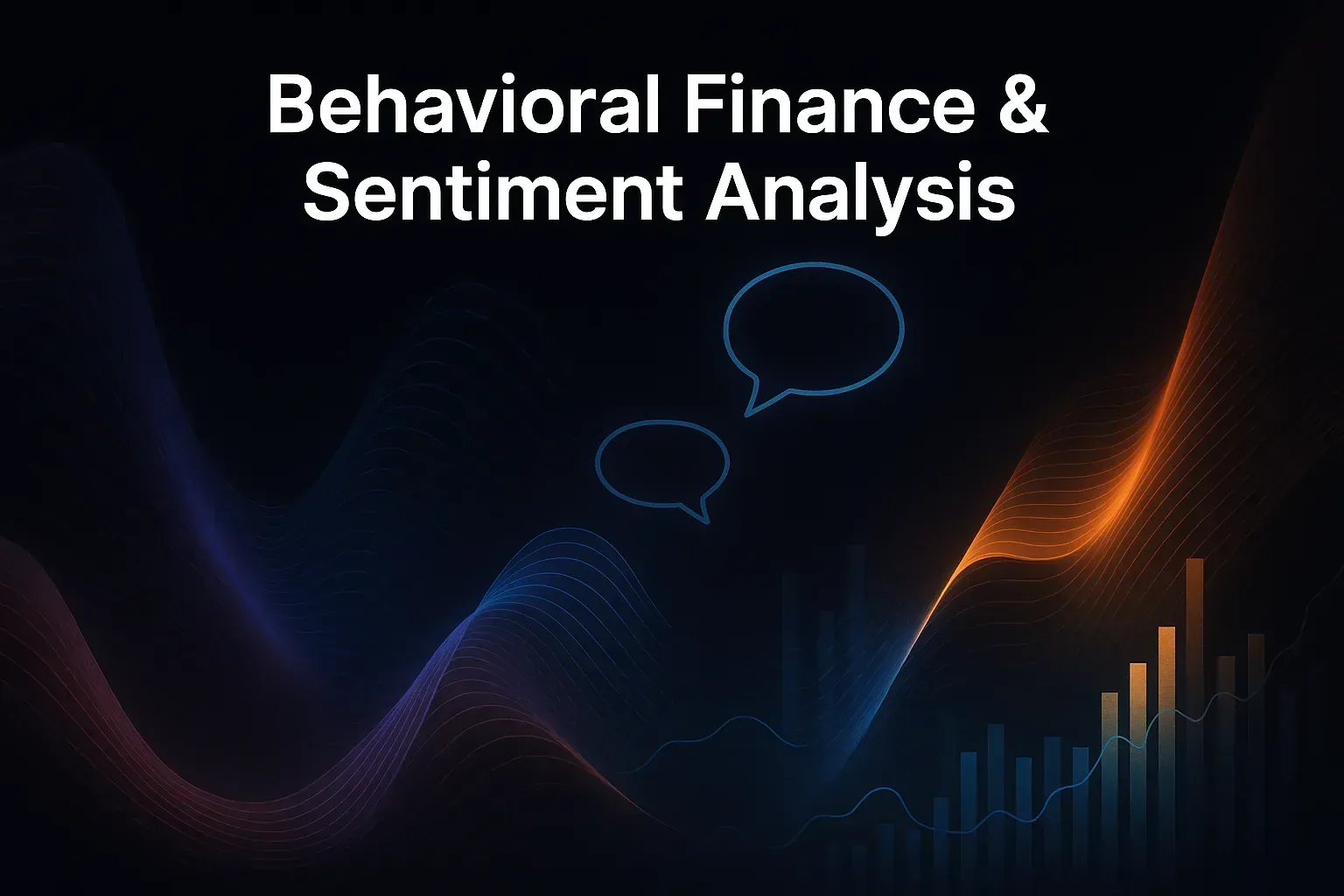
AI Trading Bots & Ethics
Algorithmic trading has transformed financial markets over the past two decades. Trading bots—software programs that execute orders based on pre‑defined rules or learned patterns—account for a large share of volume on many exchanges. Machine learning has enabled bots to identify complex signals, arbitrage opportunities and microstructure patterns that human traders miss. High‑frequency trading systems operate on microsecond timescales, profiting from tiny price discrepancies. Market‑making algorithms provide liquidity and narrow spreads. However, the speed and scale of AI‑driven trading raise important ethical and stability concerns.
At their core, trading bots are built on models that predict short‑term price movements. Supervised learning models classify market states and generate buy/sell signals; reinforcement learning agents optimise execution strategies in simulated environments; genetic algorithms evolve trading rules over time. While these systems can be profitable, they also interact in complex ways. Feedback loops between competing bots can cause sudden, extreme price swings, as seen in flash crashes. Algorithms may inadvertently exploit market vulnerabilities or amplify herd behaviour.
Ethical considerations include fairness, transparency and market integrity. Access to sophisticated AI trading tools may be limited to well‑capitalised firms, exacerbating inequality and concentrating market power. Opaque black‑box models make it difficult to detect manipulation or hold actors accountable. Regulators have introduced measures like minimum resting times and circuit breakers to curb destabilising behaviour. Some exchanges require algorithmic traders to register their systems and submit to audits. Researchers propose adding ethical constraints and explainability mechanisms to trading bots to ensure they align with societal values.
Ultimately, AI‑driven trading should serve the function of markets—efficiently allocating capital—without undermining stability or trust. Designing bots with built‑in safeguards, conducting rigorous stress tests and promoting transparency can reduce systemic risk. Policymakers need to keep pace with technological advances and update regulations accordingly. Public discussion about the role of automated trading in society is also crucial. By balancing innovation with responsibility, we can harness AI to improve liquidity and price discovery while safeguarding against unintended consequences.
Back to articles